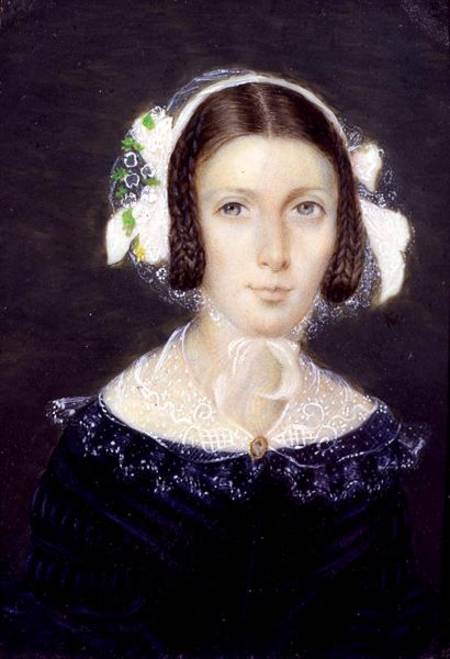1)
An ode is a form of lyric poetry — expressing emotion — and it's usually addressed to someone or something, or it represents the poet's musings on that person or thing. The word ode comes from a Greek word for "song," and like a song, an ode is made up of verses and can have a complex meter.
· Ode on a Grecian urn "Thou still unravished bride of quietness!"
· Ode on Indolence “One morn before me were three figures seen”
· Ode on Melancholy “Though you should build a bark of dead men's bones”
· Ode to a Nightingale “My heart aches, and a drowsy numbness pains”
· Ode to a Psyche “I wandered in a forest thoughtlessly”
· To Autumn “Season of mists and mellow fruitfulness”
The exact chronological and interpretive orders of the six 1819 poems are unknown, but "Ode to Psyche was probably written first and "To Autumn" last. Keats simply dated the others May 1819.
2)
The inevitability of death: he expressed this inthe 1818 sonnet “When I have fears that I may cease to be.”, also in “On Seeing the Elgin Marbles” (1817)
The complementation of Beauty: ”Bright star, would I were steadfast as thou art" is the first line his love sonnet "bright Star" (1819). and in “Ode to a Nightingale” “That thou, light-wingèd Dryad of the trees, In some melodious plot, Of beechen green, and shadows numberless, Singest of summer in full-throated ease.”
Nature: “Ode on Melancholy” where he compares ca bout of depression to a “weeping cloud”, and in “Ode to Psyche,”.
The Ancient World: poems such as The Fall of Hyperion or Lamia, often take place in a mythical world, also in “To Homer” where he makes use of figures from the ancient mythology.
3)
- Synaesthetic images: the combination of different senses in one image.
- Function in keats poems: two major functions. It is part of their sensual effect, and the combining of senses normally experienced as separate suggests an underlying unity of dissimilar happenings, the oneness of all forms of life.
- On Isabella, “And TASTE the MUSIC of that VISION pale” (stanza XLIX) combines three different senses; the taste, the hearing and the sight








